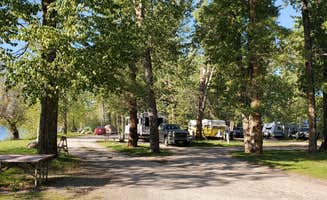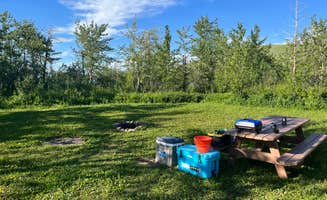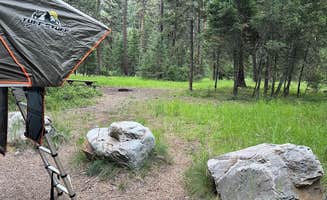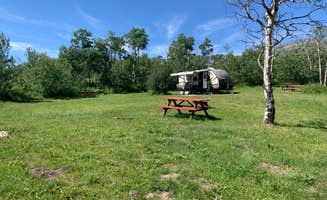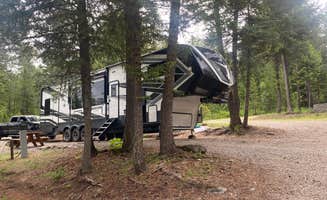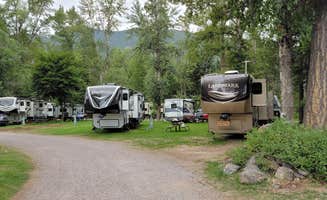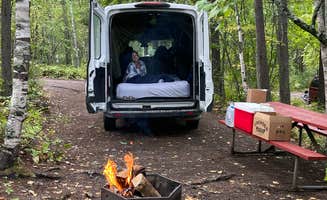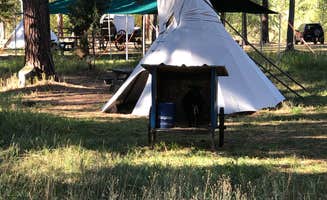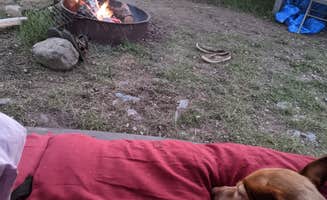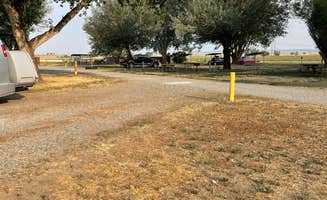Best Campgrounds in Montana
Montana's camping landscape ranges from developed campgrounds within Glacier National Park to dispersed sites along the Middle Fork Flathead River. Many Glacier Campground and Fish Creek Campground offer established tent and RV sites with amenities like drinking water, picnic tables, and toilets. For those seeking a more rustic experience, dispersed camping locations provide free options with minimal facilities. KOA properties in West Glacier and Billings provide more extensive services including cabins, glamping accommodations, electric hookups, and shower facilities. These developed sites typically operate seasonally from May through September or October.
Camping access and conditions vary significantly with Montana's seasonal changes. Glacier National Park campgrounds like Apgar and St. Mary operate primarily from May through early October when mountain roads remain passable. Many popular campgrounds require advance reservations, particularly during the peak summer months of June through August. Weather conditions can change rapidly in mountain environments, with cooler temperatures at higher elevations even during summer months. Fire regulations and water availability shift throughout the season based on drought conditions and fire danger levels. Travelers should prepare for varied conditions across the state's diverse terrain. "We found out just this year you could camp into the park and we love it. It's so quiet and peaceful and the views are amazing," noted a camper describing Sluice Boxes State Park.
Several visitors highlight riverside camping as particularly desirable throughout Montana. Campgrounds positioned along waterways like the Yellowstone River and Flathead River receive consistently positive reviews for their scenic views and recreational opportunities. Some dispersed camping areas along river corridors provide free options with basic amenities like vault toilets. A camper at Loch Leven noted, "The campground is clean and well-maintained with great views of Chico Peak and the Yellowstone River. Our campsite had great access for our son to throw rocks in the water." Proximity to national parks represents another significant draw, with West Glacier serving as a popular base for exploring Glacier National Park. Established campgrounds typically feature picnic tables, fire rings, and vault toilets, while RV-oriented properties may include additional hookups, shower facilities, and dumping stations. Public lands managed by the Forest Service and BLM offer more primitive camping options throughout the state.



